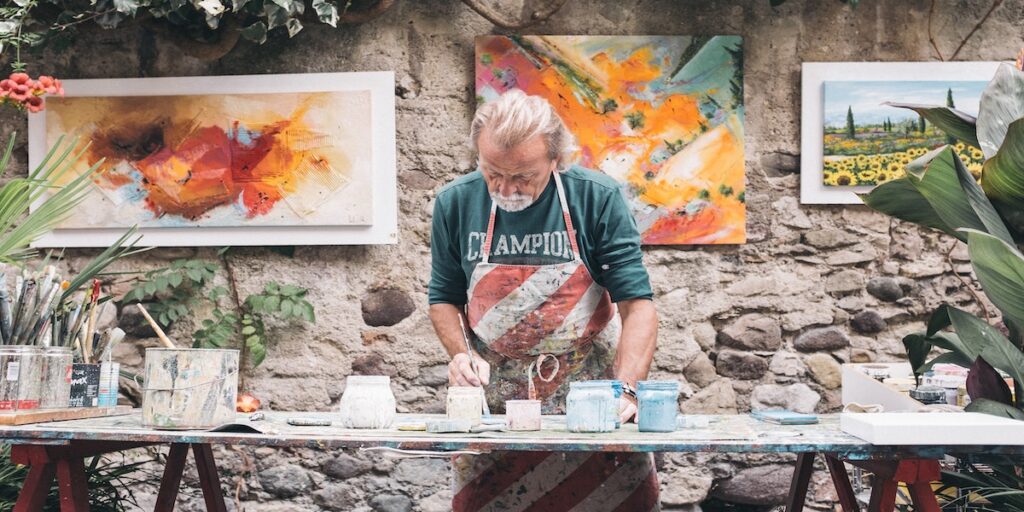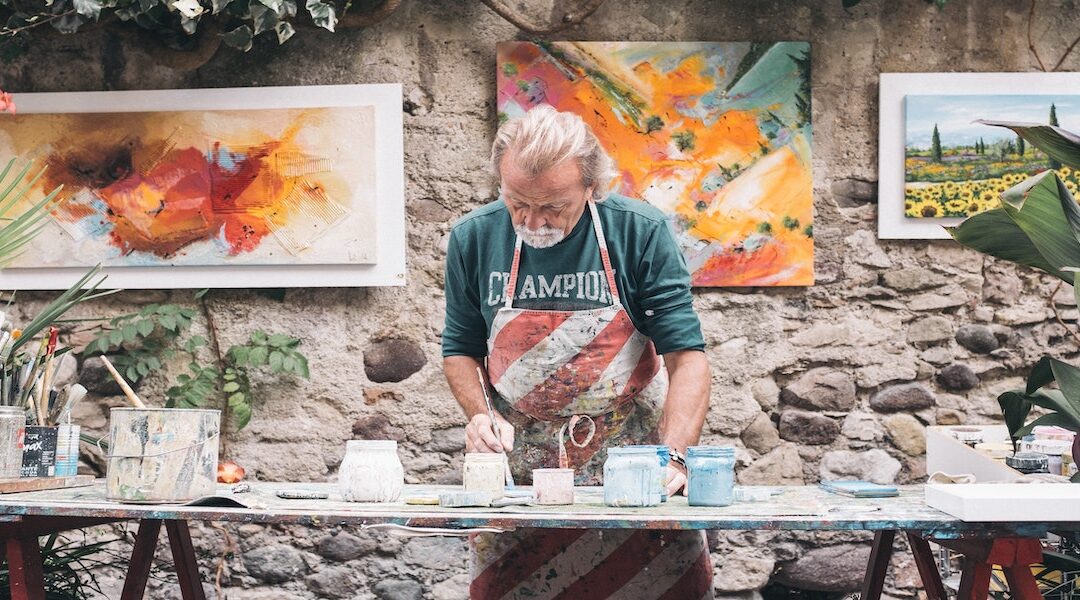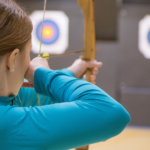
People by art for any number of reasons – from a love of the piece to buying purely for investment. In either case, knowing you’ve purchased an original work is important to prove the artist’s real connection to the piece you’re buying.
The up-and-coming artists of today may well prove to be the Banksy, Hockney or Saville of tomorrow, so making sure you’re buying a genuine piece of their work is essential – particularly for establishing provenance.
Not everyone in the art world is as scrupulous as we might like to think, so it’s sensible to take a few precautions before investing. Follow these general guidelines to reduce the risk of falling victim to fake work.
Do your research and learn an artist’s style
Try to spend some time familiarizing yourself with – and getting a feel for – an artist’s specific style of work. Most artists use a familiar style or technique that carries through much of their work.
Although it’s more challenging to research relatively unknown or less revered artists, you should still be able to find some pieces online. Most young artists have showcase websites (or at least a Facebook profile), outlining their work.
Check the signature
Look for the way an artist signs their work – and where on the painting they tend to place their signature. Also, many artists add a date or location to their work, which can be another tell-tale sign of authenticity. If possible, take a close-up of their signature for comparison.
You may also notice many artists choose to sign in colors that match their painting. Again, do your research and look for any inconsistencies between the work you’re considering buying and the artist’s typical style. Anything that seems out of place or slightly odd is a possible sign of fakery.
Study the layering
Artists typically use paint layering to achieve different styles in their painting as well as producing color. If you can, get as close-up to pictures as possible to discern how much layering an artist typically uses in their work. Compare their standard style with the piece you’re looking to buy.
Only use a reputable, respected dealer
Unfortunately, there is a glut of fraudsters in the world of art dealing – particularly online. To be 100% safe in the knowledge the art you’re buying is real, only use respected art dealers. Avoiding the risk of buying fake art becomes particularly important when looking to purchase more valuable famous portrait paintings. Avoid buying fake art from unscrupulous art vendors by sticking only with respected dealers.
Check the front and back of the art
Where possible, ask the gallery if you can take a close-up inspection of both the front and the back of a piece to check for inconsistencies. For example, if you find staples on the back of a painting purporting to be painted in the 1800s, something is likely wrong. Also, check for dirt or dust and look at the thread of a canvas. It should be consistent with the time the work was painted.
Smell the painting and check for bristles
Oil paintings take many years to completely dry and lose their oily aroma so, if possible, smell the work. Also, many forged art pieces are produced by artists with inferior tools, so check for brush bristles left behind unwittingly on the canvas.
Buying original art can be a highly rewarding experience – both for you and the artist – but it’s still worth being aware fakery can and does happen. Taking the steps above should help protect you from buying forgeries while also letting you know you’ve contributed to an artist’s livelihood.
















